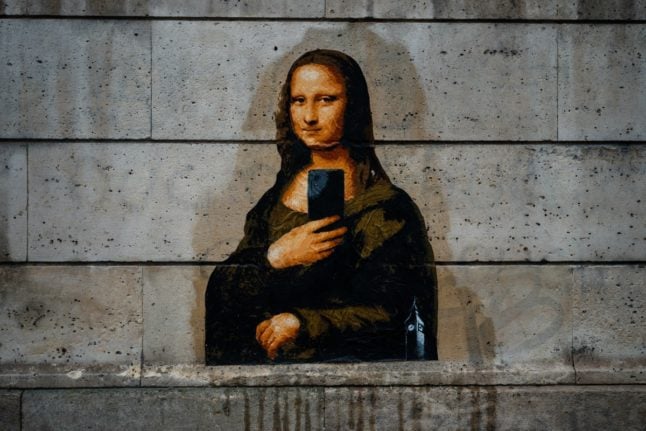Ampiot, the reigning Miss Guadeloupe, said she was living “a waking dream” after she was given the silver and blue tiara by beauty queen Diane Leyre.
During the contest, Ampiot had championed women with cancer and urged France on at the World Cup, concluding her speech with “Allez les Bleus!”
This year’s competition involved fewer eligibility requirements, which had previously restricted entry to women without children between the ages of 18 and 24 who were at least 1.70 metres (5.6 feet) tall.
Now, any woman over 18 years old of any height and child-bearing status can enter. And visible tattoos were allowed for the first time.

Transgender women who have female civil status records were also permitted to compete, according to Alexia Laroche-Joubert, president of the Miss France society.
The pageant still retained the genre hallmarks: talent performances, costume changes, pose striking and plenty of taffeta.
To fit this year’s theme — cinema — contestants tucked into Wonder Woman onesies for one performance and sashayed in blue gowns in front of a “Titanic” backdrop in another.
In the end, the pageant eligibility changes did little to soften some critics’ views, with the French feminist group “Osez le féminisme” calling the modifications “white paint over a mouldy wall”.




 Please whitelist us to continue reading.
Please whitelist us to continue reading.
Member comments